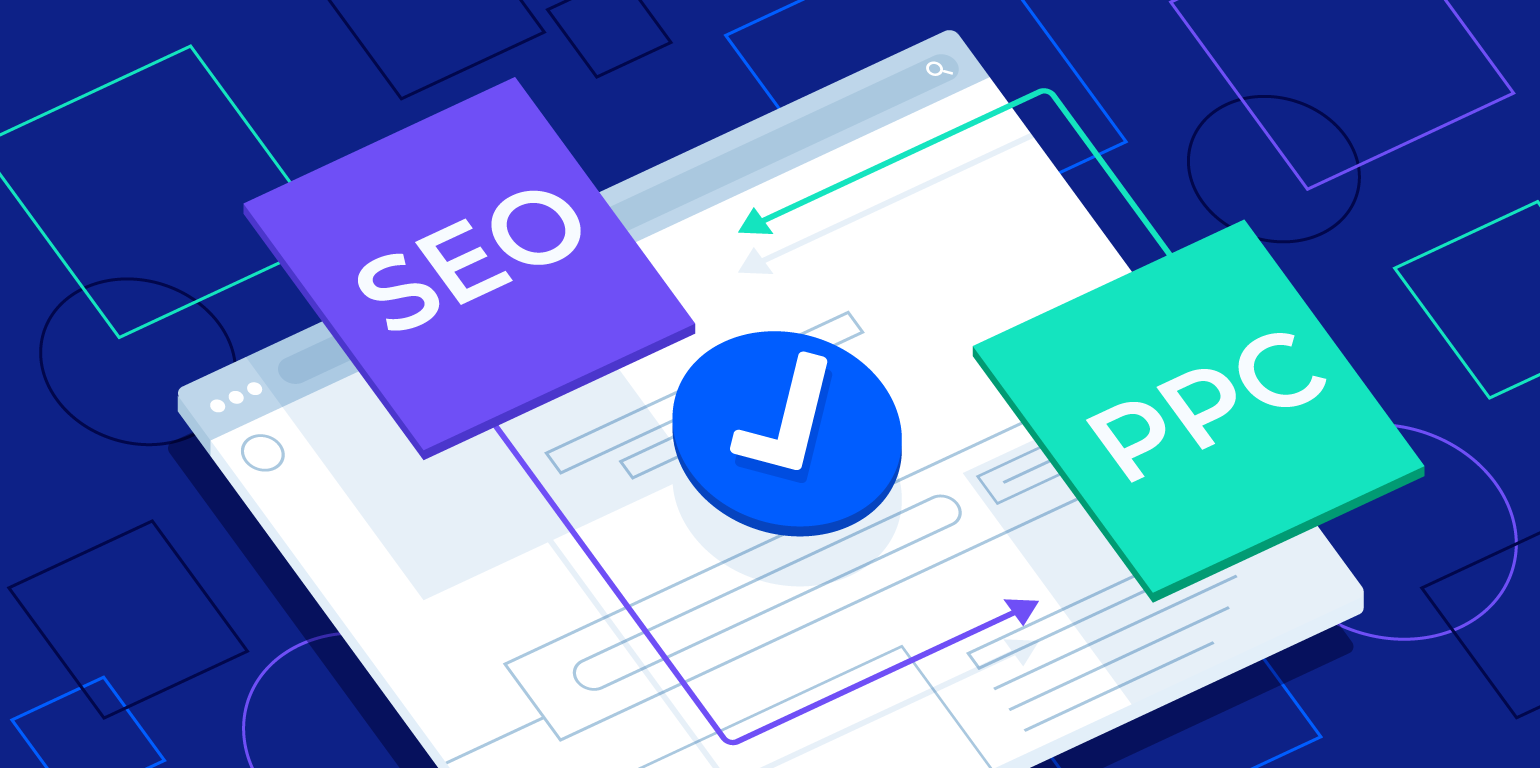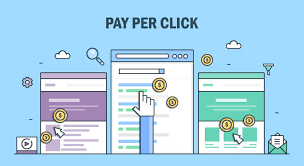This article explores the world of pay-per-click (PPC) advertising. It covers the basics of PPC, including what it is, how it works, and its advantages and disadvantages. Additionally, it delves into the different types of PPC campaigns, best practices, and optimization techniques.
In today’s digital landscape, online advertising is an essential component of any marketing strategy. One popular form of online advertising is pay-per-click (PPC) advertising, which allows businesses to place ads on search engine results pages, social media platforms, and other websites.
PPC is a cost-effective and measurable way to drive traffic to a website and increase brand awareness. In this article, we’ll explore the world of PPC advertising, from its basics to its advanced strategies.
What is PPC Advertising?
PPC is a form of online advertising where advertisers pay a fee each time a user clicks on one of their ads. Essentially, it’s a way of buying visits to your website rather than earning them organically through search engine optimization (SEO) or other means. PPC ads can appear on search engine results pages, social media platforms, and other websites.
How Does PPC Advertising Work?
PPC advertising works on an auction system, where advertisers bid on keywords and ad placements. When a user searches for a particular keyword or phrase, the search engine displays relevant ads based on a variety of factors, including bid amount, ad quality, and user experience. The ad that appears at the top of the search engine results page is the one that has the highest bid and ad quality score.
Types of PPC Campaigns
There are several types of PPC campaigns, including search ads, display ads, shopping ads, and video ads. Search ads appear on search engine results pages and are triggered by keywords entered by users. Display ads, on the other hand, appear on websites and social media platforms and are designed to attract users’ attention.
Shopping ads are specifically designed for e-commerce businesses, and they appear on search engine results pages and other websites. Video ads are a form of advertising that appears on video platforms, such as YouTube.
Advantages of PPC Advertising
One of the significant advantages of PPC advertising is that it provides immediate results. Unlike SEO or other forms of advertising, PPC ads can start driving traffic to a website within minutes of launching a campaign. Additionally, PPC ads can be highly targeted, allowing businesses to reach users who are searching for specific products or services.
Disadvantages of PPC Advertising
One of the primary disadvantages of PPC advertising is that it can be costly, particularly for highly competitive keywords. Additionally, PPC ads require ongoing maintenance and optimization to ensure that they continue to drive results.
Finally, click fraud is a significant concern for businesses that engage in PPC advertising. Click fraud occurs when bots or individuals click on ads with no intention of buying a product or service, resulting in wasted ad spend.
Best Practices for PPC Advertising
To maximize the effectiveness of PPC advertising, businesses should follow best practices, such as conducting keyword research, creating compelling ad copy, and optimizing landing pages. Additionally, it’s essential to track and analyze ad performance regularly and make adjustments as needed.
Optimization Techniques
Optimizing PPC campaigns is an ongoing process that requires regular attention and tweaking. Techniques for optimizing campaigns include adjusting bids, refining keyword targeting, and improving ad quality scores.
Additionally, businesses can use retargeting to reach users who have already interacted with their website or ads.
Measuring PPC Campaign Performance
Measuring the performance of PPC campaigns is crucial for identifying areas for improvement and ensuring that ad spend is being used effectively. Metrics to track include click-through rate (CTR), conversion rate, cost-per-click (CPC), and return on investment (ROI).
PPC Advertising Tools
There are several tools available for businesses that engage in PPC advertising, including Google Ads, Microsoft Advertising, and Facebook Ads. These tools provide businesses with the ability to create and manage campaigns, conduct keyword research, and analyze ad performance.
Creating Effective Ad Copy
Creating effective ad copy is crucial for attracting users’ attention and encouraging them to click on an ad. Ad copy should be compelling, concise, and relevant to the user’s search query. Additionally, businesses should test different ad variations to determine which ones are most effective.
Retargeting
Retargeting is a technique that allows businesses to reach users who have already interacted with their website or ads. By showing ads to users who have already expressed interest in a product or service, businesses can increase the chances of converting those users into customers.
PPC and SEO

source: Google Images
While PPC and SEO are two different marketing channels, they can complement each other when used together. For example, businesses can use PPC ads to drive immediate traffic to their website while working on building organic traffic through SEO. Additionally, keyword data from PPC campaigns can inform SEO strategy and vice versa.
Conclusion
PPC advertising is a cost-effective and measurable way to drive traffic to a website and increase brand awareness. By following best practices, optimizing campaigns, and measuring performance, businesses can make the most of their PPC ad spend.
Additionally, by using PPC in conjunction with other marketing channels, such as SEO, businesses can create a well-rounded and effective marketing strategy.

